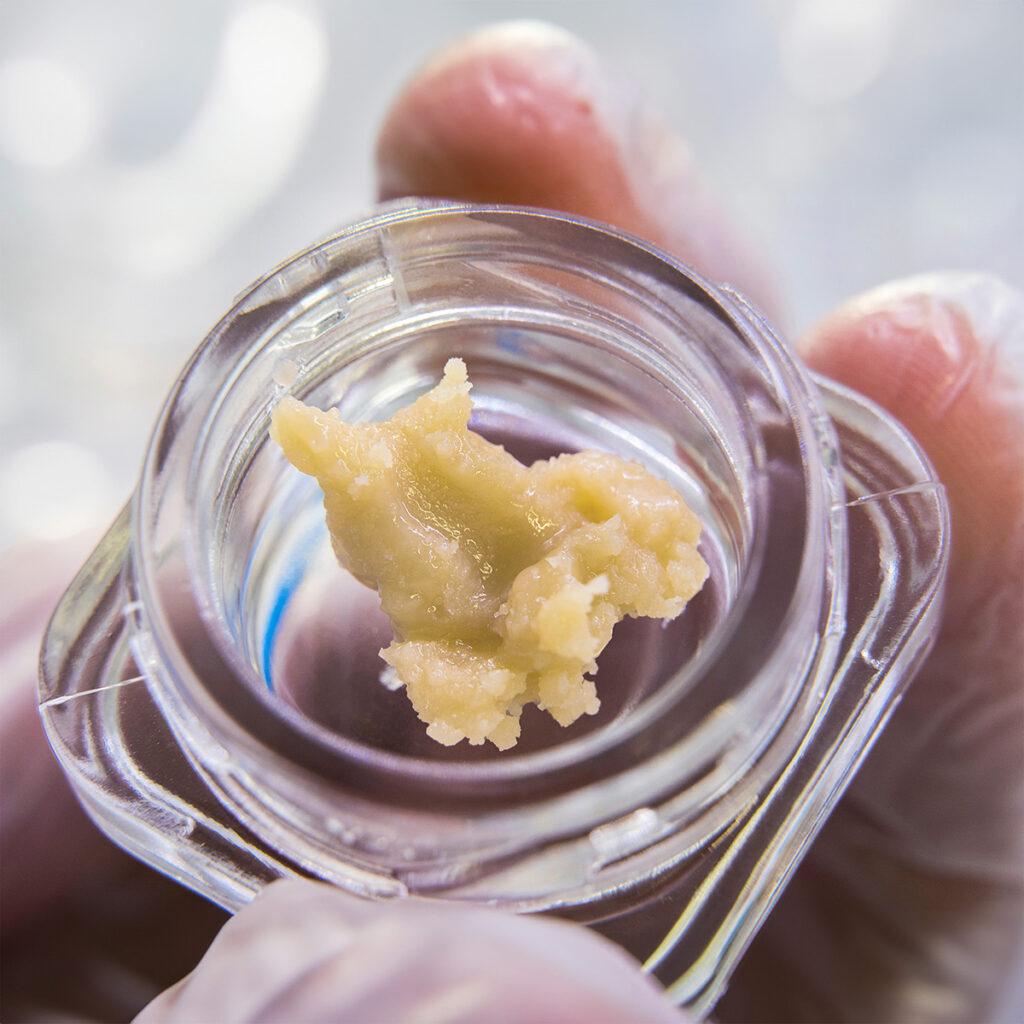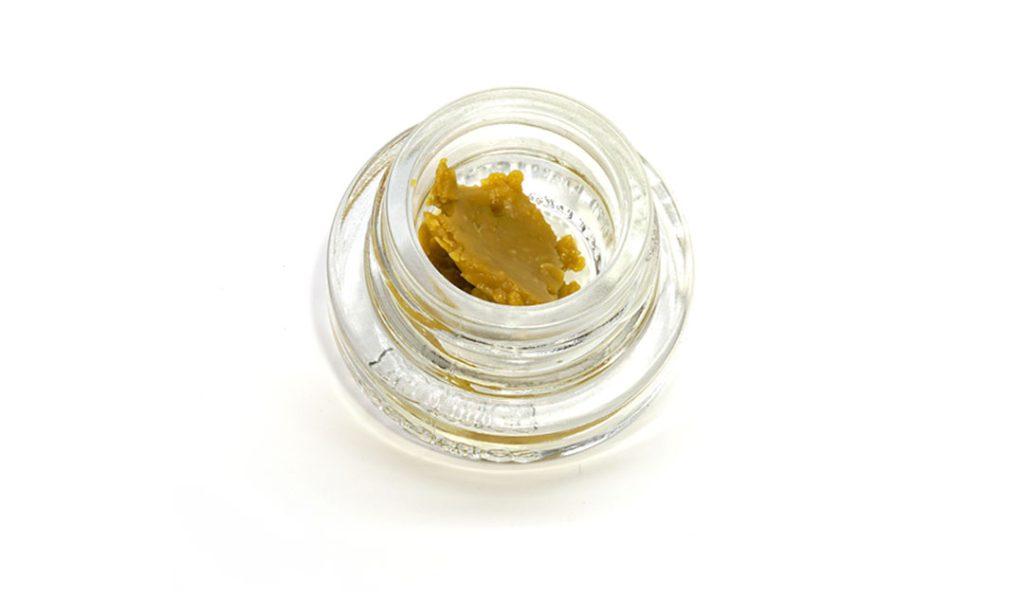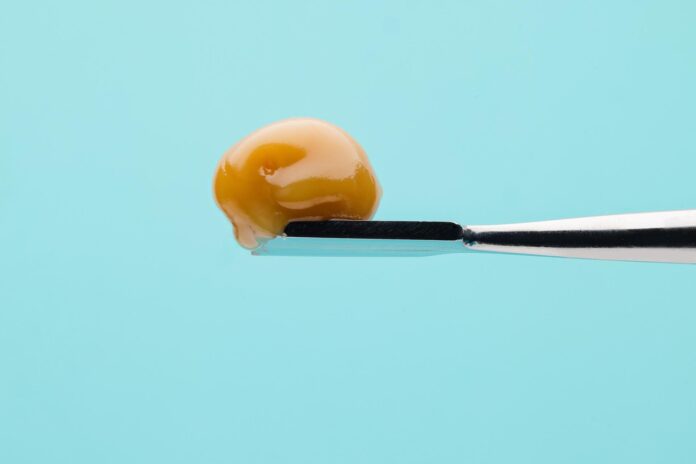In the ever-evolving world of cannabis concentrates, two heavyweights ofen find themselves at the forefront of enthusiasts’ discussions: THC Rosin and Wax. Both potent and versatile,these extracts offer unique experiences and benefits,catering to a diverse range of preferences and consumption methods. But as the landscape of cannabis continues to mature, understanding the distinctions between these two popular forms is crucial for both novice users and seasoned connoisseurs alike. In this comprehensive comparison guide, we will delve into the origins, production techniques, effects, and ideal uses of THC Rosin and Wax, illuminating the nuances that set them apart. Whether you’re looking to enhance your cannabis repertoire or simply satisfy your curiosity about these intriguing concentrates, join us as we unravel the complexities of THC Rosin and Wax, guiding you toward an informed choice for your next experience.
Understanding the Basics of THC Rosin and Wax
When it comes to cannabis concentrates, THC rosin and wax represent two distinct extraction methods, each with its unique characteristics and appeal to users. THC rosin is derived from pressing cannabis flowers or hash between heated plates, which results in a pure, solventless concentrate. this method preserves the flavor and aromatic profile of the original plant while ensuring a clean and potent product. The lack of solvents in the extraction process makes rosin a popular choice for health-conscious consumers who prioritize natural options.
On the other hand, wax is typically produced using solvents, such as butane or propane, to extract cannabinoids from the cannabis plant. The resulting concentrate has a softer, more malleable texture that can vary from crumbly to sticky, depending on the specific extraction method and the conditions during production. this solvent-based process often allows for higher yields, but it may introduce residues that some users wish to avoid. Wax is particularly popular among those who appreciate its high potency and diverse flavor options.
Both concentrates boast notable THC levels that can range from 60-90%, but their methods of consumption often dictate user preference. Here’s a swift comparison:
| Characteristic | THC Rosin | wax |
|---|---|---|
| Extraction Method | Solventless (heat & pressure) | Solvent-based (frequently enough butane) |
| Texture | Sticky, sap-like | Varies (crumbly to waxy) |
| Flavor Profile | Rich, full-spectrum | Varies, depending on the strain |
| Health Considerations | Free of solvents | Potential solvent residues |
In essence, the choice between rosin and wax largely hinges on personal preferences and priorities regarding health, flavor, and consumption style. Whether you lean towards the cleaner profile of rosin or the diverse texture and potency of wax, both offer unique experiences that cater to different cannabis enthusiasts.

Extraction Methods: How Each Product is Made
When it comes to understanding the journey from raw cannabis to finished product, the extraction method plays a crucial role in determining the final characteristics of THC rosin and wax. Each product is crafted using distinct techniques, which not only influence their potency and flavor but also their texture and overall experience.
THC Rosin is created through a solventless extraction method that harnesses heat and pressure. typically, fresh or cured cannabis flower is placed between two heated plates, where it’s subjected to pressure. This process melts the resinous trichomes, allowing them to ooze out as a sticky, golden oil. This oil can then be collected, cooled, and processed into various consistencies, including a thick paste or a more viscous liquid. One of the appealing aspects of rosin is that it retains a significant amount of the plant’s natural terpenes, preserving its rich flavor profile.
In contrast, wax is usually made using a method that involves solvents, such as butane or propane.The raw cannabis is soaked in the solvent, which effectively strips away cannabinoids and terpenes from the plant material. After the extraction, the solution is purged in a vacuum to remove any residual solvents, resulting in a concentrated product. The purging process also involves whipping the extract, which introduces air into the mixture, giving it that characteristic waxy, crumbly texture. While wax can boast a potent concentration of THC, the presence of solvents raises concerns for meticulous consumers who prioritize purity.
| Feature | THC Rosin | Wax |
|---|---|---|
| Extraction Method | Heat & Pressure | solvent Extraction |
| Purity | 99% Solvent-Free | Potential Residual Solvents |
| Flavor Profile | Robust and Terpy | Varied, Depending on Strain |
| Texture | Sticky, Soft | Waxy, Crumbly |
Understanding these extraction methods is essential for consumers looking to make informed choices regarding their cannabis products. While both THC rosin and wax can deliver intense effects,individual preferences may sway the decision towards one method over the other based on flavor,texture,and purity. The artisanal nature of rosin appeals to those cautious of solvents, while wax offers a versatile and often higher potency experience for more daring enthusiasts.

Potency and Effects: comparing Concentration Levels
When diving into the world of concentrates, understanding the potency and effects of different products is crucial for choosing the right experience. Both THC rosin and wax boast impressive potency levels, but they achieve these through different extraction processes that can influence not just strength, but the overall user experience.
THC rosin is known for its impressive purity and flavor profile, typically containing a high concentration of cannabinoids and terpenes. This method of extraction uses heat and pressure, resulting in a product that frequently enough reaches THC levels of 70-90%. As a result, users frequently report a clean and flavorful experience that retains the essence of the original cannabis strain.Some of the effects attributed to rosin include:
- Clear-headed euphoria – Ideal for social settings or creative endeavors.
- Relaxation – Many users find it alleviates stress and anxiety.
- Enhanced sensory experiences - Particularly in terms of taste and aroma.
Conversely, wax is created using solvents, which can lead to varying concentrations depending on the quality and method of extraction. While good quality wax can also contain THC levels in the 70-90% range,it may introduce residual solvents into the final product. Users often describe the effects of wax as:
- Powerful body high – Often sought for its physical relaxation properties.
- Intense mental effects – This can lead to both upliftment and introspection.
- Accessibility – Wax products are generally more widely available than rosin.
Ultimately, the choice between the two frequently enough comes down to personal preference. For those seeking a more natural product, rosin might be the better option, while wax may appeal to users looking for potency and availability. Understanding these differences can help users select a concentrate that aligns with their desired effects and overall experience.

Flavor Profiles and Terpene Preservation
When it comes to cannabis concentrates, the intricate dance of plays a crucial role in the overall experience. THC rosin, known for its exquisite extraction process that utilizes heat and pressure, tends to retain a broader range of terpenes. This results in a flavor profile that is often more vibrant and full-bodied compared to wax. Wax, typically produced through chemical solvents, can sometimes strip away some of the delicate flavors, although certain processes can mitigate this effect.
The preservation of terpenes not only enhances the flavor but also contributes to the therapeutic benefits of the cannabis strain. Here are some key factors that influence terpene preservation:
- Extraction Method: Solventless methods, such as rosin extraction, prioritize retaining terpenes.
- Temperature Control: Lower temperatures during the extraction process help in preserving the volatile compounds.
- Storage Conditions: Proper storage in airtight containers and away from light can maintain terpene integrity post-extraction.
flavor profiles can dramatically change depending on the strain and extraction technique used. Below is a brief overview of how THC rosin and wax typically compare in terms of their flavor profiles:
| Characteristics | THC Rosin | Wax |
|---|---|---|
| Flavor Intensity | Rich and full-bodied | Variable, often muted |
| Terpene Preservation | High | Moderate |
| Aftertaste | Smooth and lingering | Can be harsh |
for those who savor the nuanced flavors of cannabis, rosin provides a delightful experience. Wax, while still appealing in its own right, may not encapsulate the complex tapestry of tastes and aromas that true connoisseurs seek.Choosing between these two options often boils down to personal preference and the desired flavor experience.

Consumption Methods: Finding Your Ideal Experience
When it comes to enjoying THC in its concentrated forms, both rosin and wax offer distinct experiences that cater to different preferences and consumption methods. Choosing between these two can considerably influence your overall enjoyment, so understanding how to best consume each can elevate your THC experience.
Consumption Techniques for THC Rosin:
- Dabbing: The most popular method, dabbing involves using a dab rig or an e-nail to vaporize a small amount of rosin at high temperatures, producing a dense vapor that’s rich in flavor and potency.
- Vape Pens: For those seeking convenience, THC rosin can also be found in vape cartridges, allowing for discreet and efficient consumption.
- Infusion: Rosin can infuse into edibles or tinctures,catering to users who prefer a longer-lasting effect or want to experiment with homemade substances.
Best Practices for Wax Consumption:
- Dabbing: Similar to rosin, wax is frequently enough consumed via a dab rig, usually requiring a slightly lower temperature to preserve its delicate terpenes.
- Wax Pens: These portable devices are designed to handle wax, providing an easy way to enjoy the product while on the go.
- Blending: Some users mix wax with flower to enhance their smoking experience; this can also mitigate the harshness associated with a pure concentrate.
| Feature | THC Rosin | Wax |
|---|---|---|
| Potency | High | Vrey High |
| Flavor | Rich and Natural | Vibrant but sometimes chemical-like |
| Ease of Use | somewhat complex | More beginner-friendly |
| Health Considerations | Solventless, considered cleaner | Potential residual solvent issues |

Choosing the Right Product for Your Needs
When navigating the world of cannabis concentrates, it’s essential to assess your personal preferences and priorities. Both THC rosin and wax offer distinct experiences, and understanding their differences will help you choose the right product for your needs. Consider the following factors:
- Extraction Method: THC rosin is made using heat and pressure, resulting in a solventless product that many consumers favor for its purity. In contrast, wax is often derived from a solvent extraction process, which can introduce different variables in flavor and potency.
- Flavor Profile: Those who appreciate terpenes may lean towards rosin, as its extraction preserves natural flavors better. Wax can still retain flavors but may have a more subdued profile depending on the extraction technique used.
- Texture and Consistency: Depending on the particular strain and extraction method, rosin tends to be more viscous, while wax comes in various forms ranging from crumbly to sticky. Your preference for texture can guide your choice.
- Potency: Wax typically has a higher THC content due to the concentration methods employed, making it a potent option for experienced users.If you prefer a more balanced experience,rosin might be the better choice.
Your personal goals and lifestyle will also shape your decision. As a notable example, if you’re seeking a cleaner, more natural option, rosin may align better with your values, especially for those who are health-conscious. Conversely,if high potency and rich flavor are paramount,wax could be your ideal concentrate.
Lastly, consider how you plan to consume these products.Both THC rosin and wax work well with various vaporization methods, but the equipment you own may influence your selection. If you typically use a dab rig or portable wax pen, ensure that the product you choose is compatible to optimize your experience.
| Feature | THC Rosin | Wax |
|---|---|---|
| Extraction Method | Heat and Pressure | Solvent-Based |
| Flavor | Rich & Natural | Varies |
| Texture | Viscous | Crumbley to Sticky |
| Potency | Balanced | High |
The Conclusion
As we conclude our journey through the intricate world of THC rosin and wax, we hope this comprehensive comparison guide has illuminated the nuanced differences between these two popular concentrates. From their extraction processes to their unique characteristics and consumption methods, each has its own allure and set of advantages. Whether you prefer the clean, solventless elegance of rosin or the potency and robust flavor of wax, the choice ultimately reflects your personal experience and preferences.
As the cannabis landscape continues to evolve, understanding the subtleties of these concentrates empowers you to make informed decisions that enhance your enjoyment. Explore, experiment, and embrace the diversity that the world of cannabis concentrates has to offer. Whatever your choice may be, we invite you to savor the rich tapestry of flavors and effects that await you. Happy exploring!


